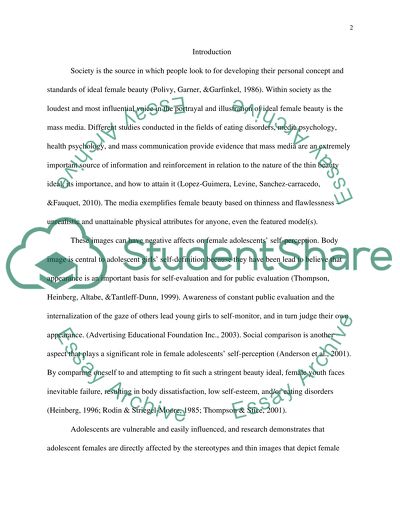Cite this document
(“He effect mass media's Female beauty ideal on female adolescents' Research Paper”, n.d.)
He effect mass media's Female beauty ideal on female adolescents' Research Paper. Retrieved from https://studentshare.org/journalism-communication/1403249-the-effect-mass-media-has-on-adolescent-girls-self
He effect mass media's Female beauty ideal on female adolescents' Research Paper. Retrieved from https://studentshare.org/journalism-communication/1403249-the-effect-mass-media-has-on-adolescent-girls-self
(He Effect Mass media'S Female Beauty Ideal on Female adolescents' Research Paper)
He Effect Mass media'S Female Beauty Ideal on Female adolescents' Research Paper. https://studentshare.org/journalism-communication/1403249-the-effect-mass-media-has-on-adolescent-girls-self.
He Effect Mass media'S Female Beauty Ideal on Female adolescents' Research Paper. https://studentshare.org/journalism-communication/1403249-the-effect-mass-media-has-on-adolescent-girls-self.
“He Effect Mass media'S Female Beauty Ideal on Female adolescents' Research Paper”, n.d. https://studentshare.org/journalism-communication/1403249-the-effect-mass-media-has-on-adolescent-girls-self.


